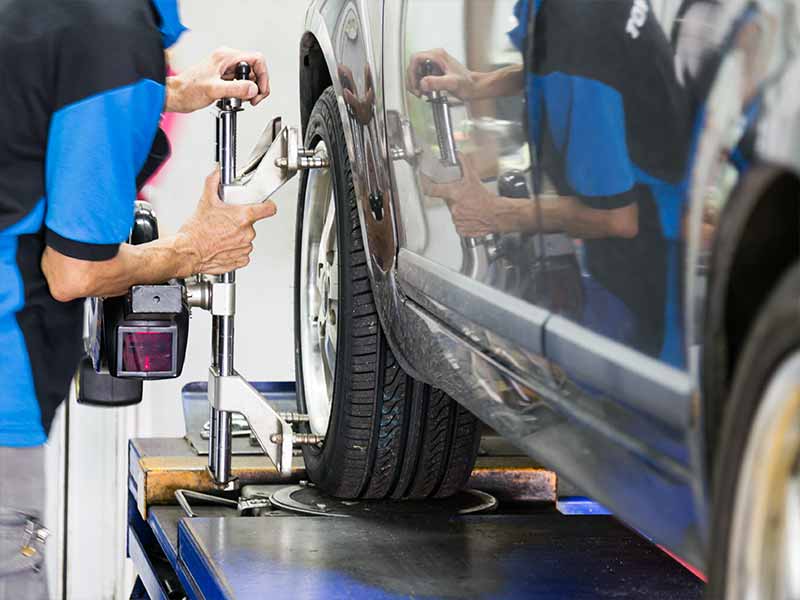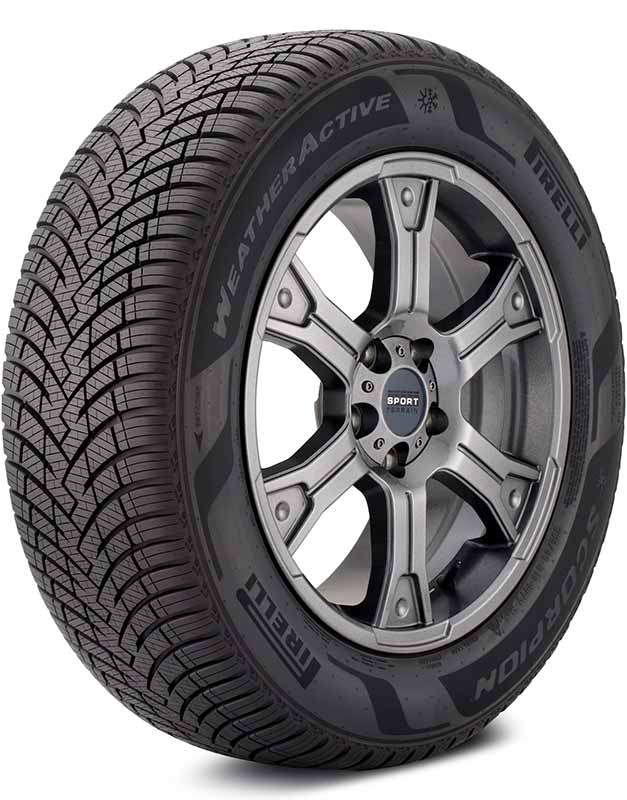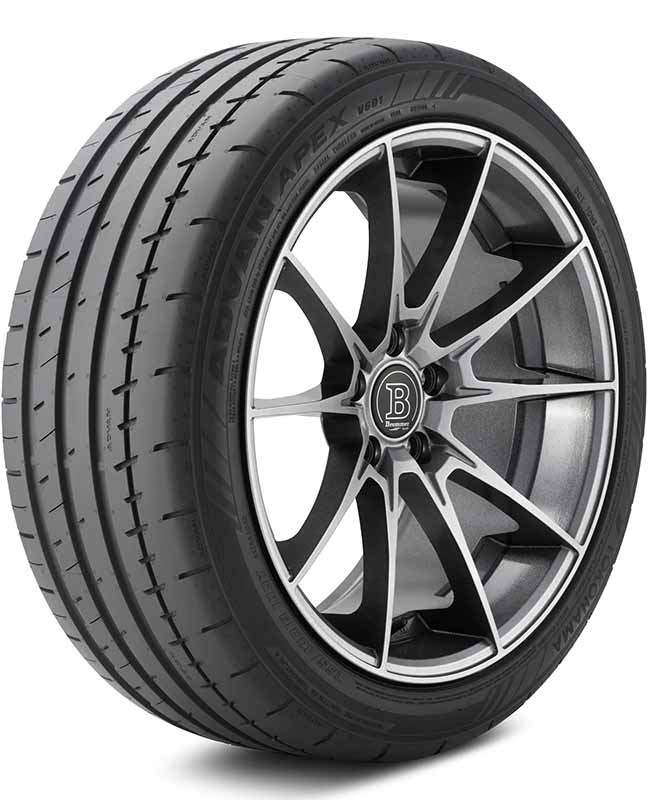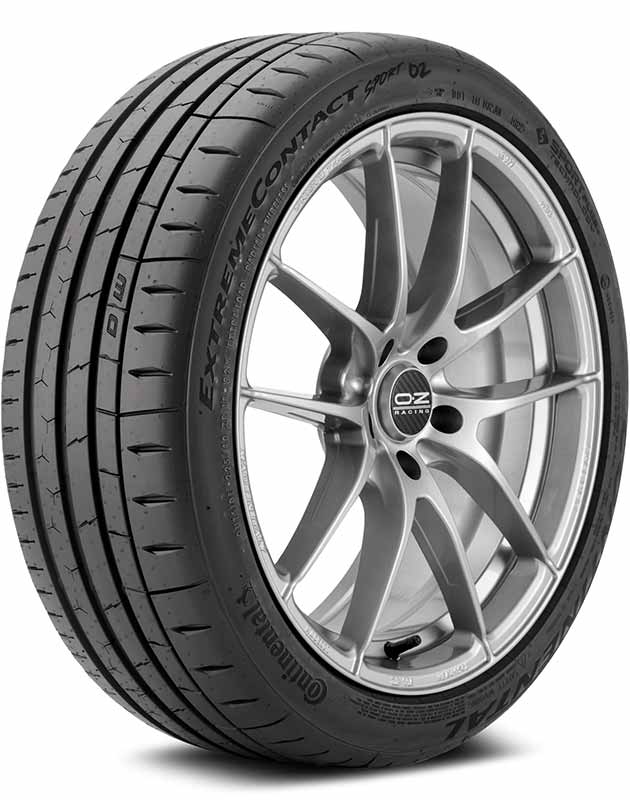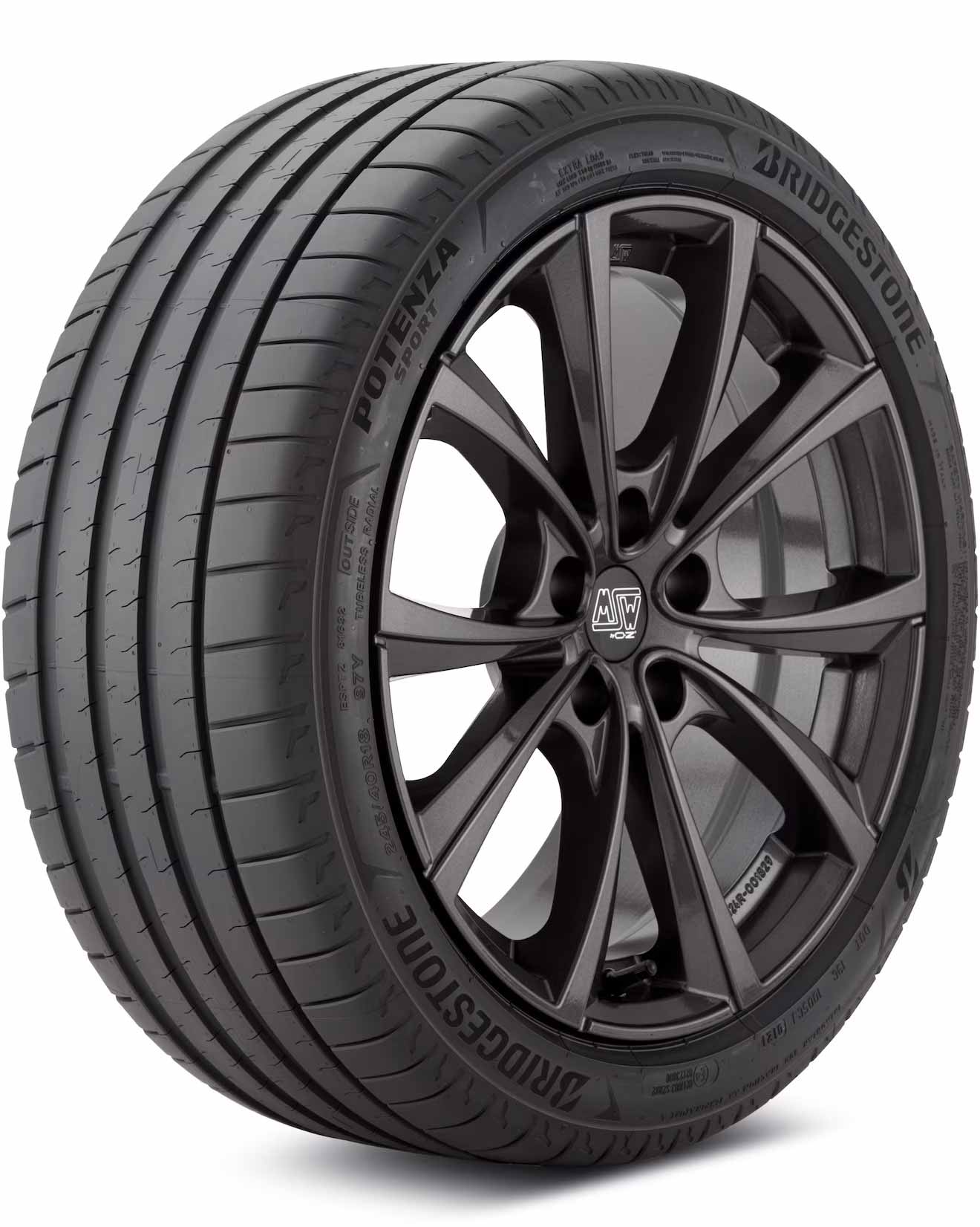Tired of your vehicle pulling to one side or your tires wearing out quicker than a cheetah on a race track? Ever wondered if negative camber could be the sneaky culprit behind these issues? It’s time to pull over, park that curiosity, and rev up your understanding of what causes negative camber and how to fix it.
What Causes Negative Camber?
Negative camber, an inward tilt of your vehicle’s wheels, can be caused by various factors, including worn-out suspension components, vehicle modifications, and off factory settings.
It can be fixed by procedures like professional wheel alignment, replacement or adjustment of suspension components, and use of camber kits or bolts.
In this article, we’ll journey through the terrain of negative camber – from understanding what camber is, the common causes, and its effects, to diagnosing negative camber and practical ways to fix it. We’ll also delve into some frequently asked questions about specific parts of the vehicle and their role in causing negative camber.
Let’s take a closer look.
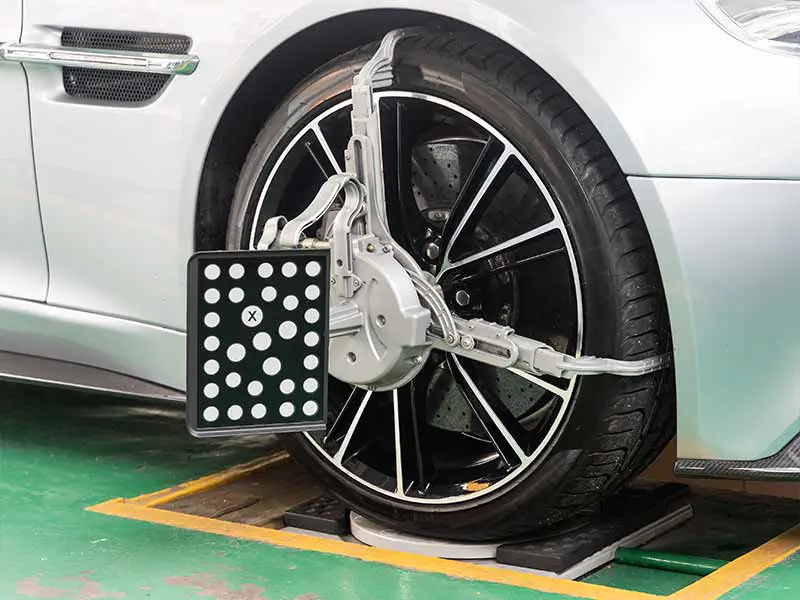
Understanding Camber: A Simplified Guide
Before we jump into the nuts and bolts of negative camber, let’s first get our heads around what “camber” is. Imagine your vehicle standing tall, with its tires firmly on the ground. Now, if you were to look at your vehicle from the front, the tilt of the tires – inward or outward – is what we call ‘camber’.
Camber Explained: It’s All About the Tilt!
- Negative Camber: The tops of the tires lean towards your vehicle. In other words, your tires are slanted inward when viewed from the front.
- Neutral Camber: Your tires are perfectly vertical, standing straight up, and giving you a thumbs-up for ideal alignment!
- Positive Camber: The tops of the tires lean away from your vehicle. Basically, your tires are slanted outward when viewed from the front.
It’s like your car’s tires are doing some yoga poses – negative camber is an inward lean (a bit shy, perhaps?), neutral camber is standing tall (super confident), and positive camber is an outward lean (very friendly!).
Camber Degrees: How Much Tilt Is Too Much?
Camber is measured in degrees and those degrees can be either negative or positive based on the direction of the tilt. The rule of thumb here is that:
- A few degrees of negative camber (-1° to -3°) is generally good for your vehicle’s handling, particularly for those sports cars.
- Neutral camber (0°) can be ideal for straight line travels – think trucks, long drives, and daily commute.
- Positive camber is typically not desired because it can lead to excessive tire wear and reduced grip.
Camber’s Role in Your Vehicle’s Handling
Every vehicle is a different beast and each one has its own sweet spot when it comes to camber. That’s why camber settings can differ between regular passenger cars and performance cars.
Camber comes into play especially when your vehicle is taking a curve. A moderate amount of negative camber can help maintain a better contact patch – that’s the portion of the tire actually touching the road – when you’re rocking those curves. On the flip side, too much negative camber (aka “demon camber”) might just turn your tires into an evil wear machine!
What Causes Negative Camber on Wheels: Breaking Down the Culprits
Roll up your sleeves because it’s time to explore what might be causing that pesky negative camber. Remember, this can affect both your front and rear wheels.
Common Causes of Negative Camber
There are a few usual suspects when it comes to negative camber. Sometimes, it’s your vehicle’s suspension system just getting old and weary. In other cases, it could be due to some changes made to the car, like adding heavy loads or custom modifications. Let’s dive into a few common causes:
- Suspension Components: These are like the puppet masters controlling your vehicle’s stance. If one of these parts starts failing or wears out, your vehicle can develop negative camber. Some of the key players include:
- Control Arms: Control arms help manage the motion of the wheels so they align with your car’s body. When control arms wear out or get damaged, they can lead to changes in camber.
- Ball Joints: These act like your car’s hip joints, connecting your car’s wheels and suspension. If a ball joint goes bad, it could mess up your camber.
- Shock Absorbers (Shocks): You might be wondering, “can bad shocks cause negative camber?” Well, they usually don’t directly cause negative camber, but bad shocks can lead to increased tire wear which can, in turn, affect camber.
- Wheel Bearings: A worn-out wheel bearing can affect the camber angle, but it’s typically not the root cause. It’s more like an accomplice to the crime!
- Vehicle Modifications: If you’ve decided to lower your car or made any other suspension modifications, you might be welcoming more negative camber into your life. It’s just a side-effect of giving your ride a makeover.
- Factory Settings: Yup, sometimes it’s not you, it’s the manufacturer. If the factory settings for your vehicle’s alignment were off, you might notice some negative camber.
The Odd Case of One-Sided Negative Camber
Sometimes, you might notice negative camber on just one side of your vehicle. This is often a sign of damage or misalignment in your suspension system. It could be anything from a bent control arm to a damaged strut. It’s like your car is trying to tell you, “Hey, something’s not right here!”
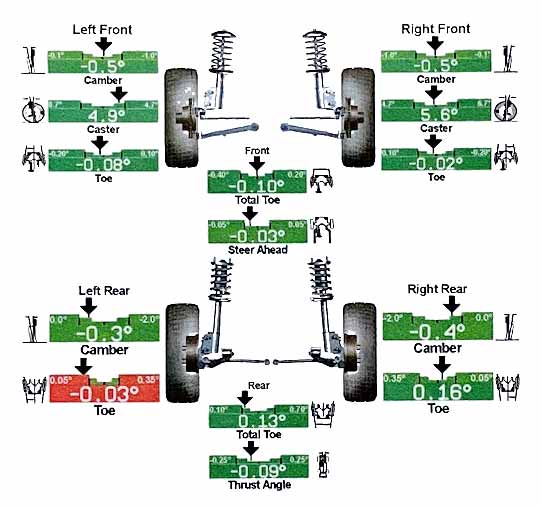
Effects of Negative Camber: It’s Not All Bad News!
Okay, so you’ve got some negative camber going on. But what does that mean for your vehicle? Let’s find out!
Tire Wear: The Tale Told by Tread
One of the main effects of negative camber is its impact on tire wear. Here’s the scoop:
- Uneven Tire Wear: Negative camber can lead to uneven wear on the inside edge of your tires. This is because the tire’s inner edge is making more contact with the road compared to the outer edge. Your tires are pretty much like, “Why are we always leaning in?”
- Excessive Tire Wear: In extreme cases, such as with demon camber, the wear is accelerated and can get pretty excessive. This is like your tires crying out, “We can’t take the pressure anymore!”
However, it’s important to remember that not all negative camber results in increased tire wear. It largely depends on the severity of the camber and how your vehicle is used.
Steering and Handling: The Good, the Bad, and the Ugly
Negative camber can have a mixed bag of effects on your vehicle’s handling characteristics:
- The Good: A bit of negative camber can actually improve your vehicle’s handling during cornering, especially in performance cars. Your tires might just be saying, “Bring on those twists and turns!”
- The Bad: However, too much negative camber can make your car feel more unstable, particularly during straight-line driving. This is like your car saying, “Whoa, let’s keep it straight!”
- The Ugly: Excessive camber can potentially decrease braking efficiency and compromise grip, which is not something you want to mess with.
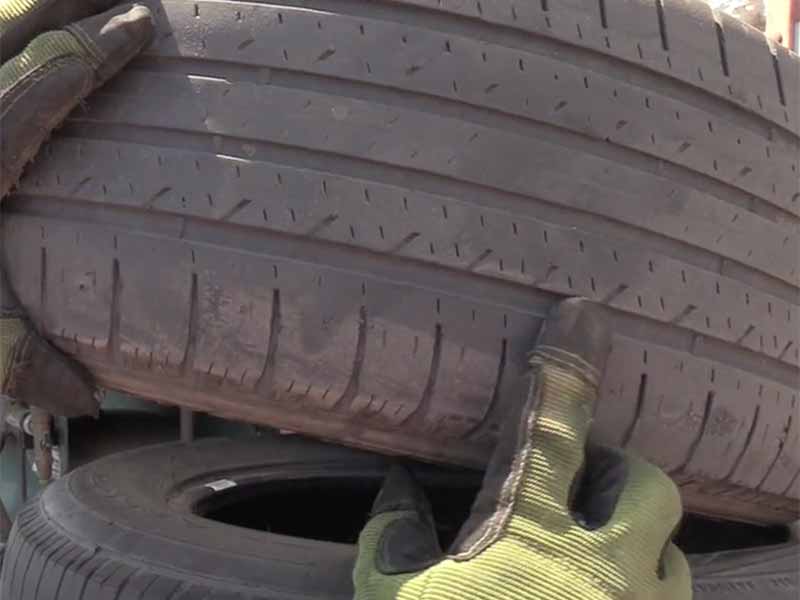
How to Diagnose Negative Camber: Playing the Car Detective
So, how can you tell if your vehicle has negative camber? Well, there are a few telltale signs that might point you in that direction.
The Usual Suspects: Signs of Negative Camber
- Excessive Tire Wear: This is often the first clue. If the inside edges of your tires are wearing down faster than the rest of the tire, negative camber might be the culprit.
- Pulling to One Side: If your vehicle seems to have a mind of its own and keeps pulling towards one side when you’re driving, it could be due to negative camber.
- Unusual Tire Noise: Hearing some strange noises from your tires? That could be a sign of negative camber causing uneven wear and tear.
Remember, these signs don’t automatically mean you have negative camber. They’re like breadcrumbs leading you to the possible issue. It’s always best to get a professional to check your vehicle’s alignment to be sure.
A Special Case: Negative Camber on One Side
Just like in detective stories, there’s always that one strange case that stands out. If you’re noticing negative camber on only one side of your vehicle, it usually means there’s some damage or misalignment in your vehicle’s suspension system. This one calls for a professional inspection pronto!
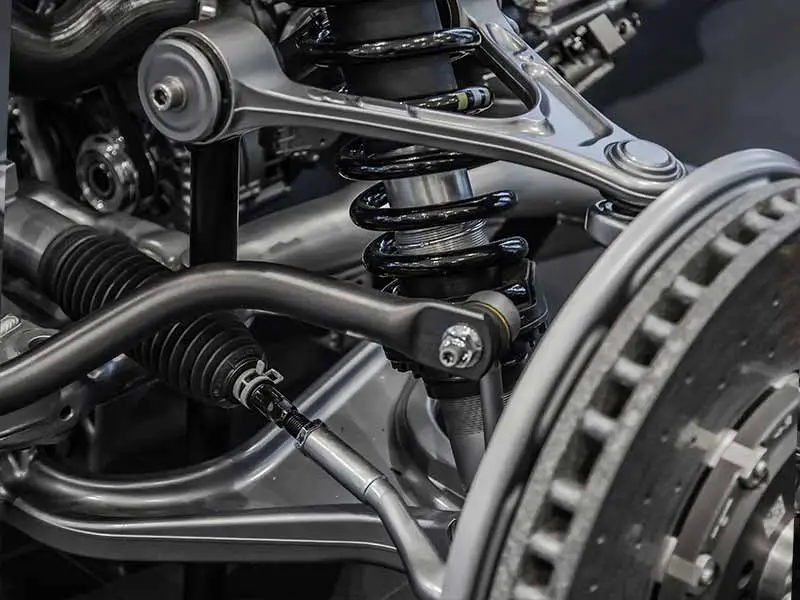
How to Fix Negative Camber: Rolling Up Your Sleeves
Got negative camber? No sweat, there are ways to fix it. From wheel alignment to replacing suspension components, let’s roll up our sleeves and get down to business.
Step 1: Wheel Alignment
First thing’s first: wheel alignment. This is often the go-to fix for negative camber.
- Professional alignment services can adjust the camber angle to the factory settings or other desired specifications.
- Your vehicle goes onto an alignment rack, and using specialized tools, the technicians tweak the alignment so your tires can stand tall and true again.
Step 2: Suspension Components Check-Up
Remember those suspension components we talked about earlier? It’s time to give them a thorough check-up.
- Control Arms and Trailing Arms: These could need adjusting or replacing. In some cases, a new set of control arms or trailing arms with adjustable features might be necessary to correct the camber.
- Ball Joints and Wheel Bearings: A bad ball joint or a wheel bearing can contribute to negative camber. If these are the culprits, they’ll need to be replaced.
- Shocks: While shocks don’t directly cause negative camber, worn-out shocks can contribute to other issues, like uneven tire wear, that can mess with your camber.
Step 3: Camber Kits and Camber Bolts
In some cases, you might need to use camber kits or camber bolts to fix the negative camber.
- Camber Kits: These kits are like a ‘camber correction toolbox’. They come with the parts needed to help adjust your vehicle’s camber back to the desired specification.
- Camber Bolts: These are special bolts that allow for greater adjustment of camber. They’re kind of like the ‘fine-tuning knobs’ for your vehicle’s camber.
Step 4: Back to Factory Settings
If your vehicle’s factory settings were off to start with, you might need a professional to reset them. This ensures your vehicle’s alignment is as close to the manufacturer’s original specifications as possible.
Resources
Below are some links you may find helpful when learning about tires
- What is negative camber? Wheel alignment angles explained – CarParts.com
- How to fix negative camber problems – It Still Runs
Final Thoughts
We’ve journeyed together through the ins and outs of negative camber, highlighting its causes, effects, signs, and fixes. We’ve learned that while negative camber can be a sign of aging suspension components, or changes made to the vehicle, it’s not necessarily a bad thing. In some cases, a degree of negative camber can even enhance vehicle performance!
However, too much of a good thing can turn sour. Excessive negative camber can lead to uneven and accelerated tire wear, as well as impact the vehicle’s handling characteristics. If you notice signs like excessive tire wear, unusual tire noise, or your vehicle pulling to one side, it’s time to play detective and inspect for negative camber. And remember, whether it’s a professional wheel alignment, suspension component replacement, or employing camber kits, there are solutions to get that camber back in check.
At the end of the day, maintaining a healthy balance is key to ensuring your vehicle drives smoothly and your tires stay happy. So, stay in tune with your car’s behavior, and never hesitate to seek professional help when needed.
Good luck and happy motoring.
